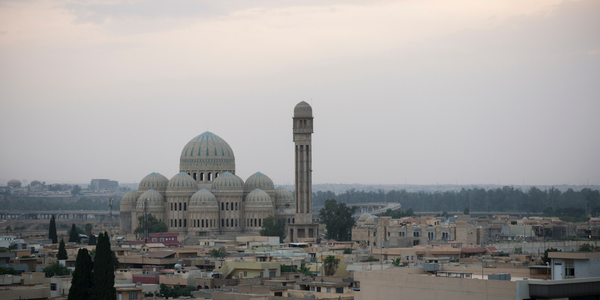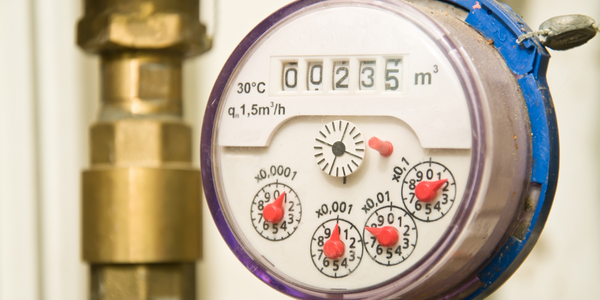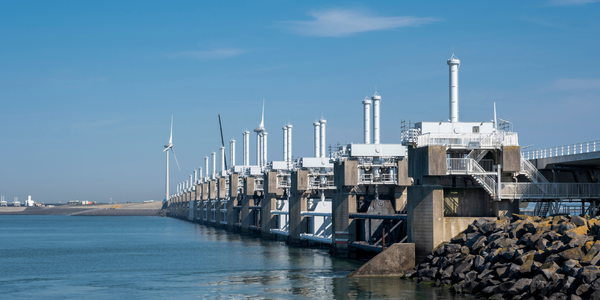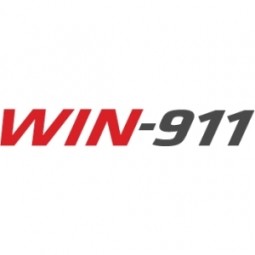
技术
- 自动化与控制 - 监督控制和数据采集 (SCADA)
- 功能应用 - 远程监控系统
适用功能
- 商业运营
用例
- 水务管理
客户
大清真寺
关于客户
Masjid al-Haram,也被称为神圣清真寺或大清真寺,位于沙特阿拉伯麦加。 Masjid al-Haram 是世界上最大的清真寺,里面有 Kaaba,这是每个穆斯林在进行仪式祈祷时所面对的对象。
挑战
清真寺需要一种方法来测试其供水,并且每当系统记录到潜在的 ph、采购、分配或清洁度问题时,都需要发出警报。
解决方案
用于监控清真寺供水的监控和数据 (SCADA) 系统现在由 WIN-911 的警报通知软件监控,使该系统能够作为预防控制机制运行。
运营影响

Case Study missing?
Start adding your own!
Register with your work email and create a new case study profile for your business.
相关案例.

Case Study
Automation of the Oguz-Gabala-Baku water pipeline, Azerbaijan
The Oguz-Gabala-Baku water pipeline project dates back to plans from the 1970’s. Baku’s growth was historically driven by the booming oil industry and required the import of drinking water from outside of the city. Before the construction of the pipeline, some 60 percent of the city’s households received water for only a few hours daily. After completion of the project, 75 percent of the two million Baku residents are now served around the clock with potable water, based on World Health Organization (WHO) standards. The 262-kilometer pipeline requires no pumping station, but uses the altitude differences between the Caucasian mountains and the capital to supply 432,000 m³/d to the Ceyranbatan water reservoir. To the people of Baku, the pipeline is “the most important project not only in 2010, but of the last 20 years.”

Case Study
Controlling water levels in canals with LoRa
A circuit of the small inland waterways and canals with stops at the numerous quays is a so-called ‘must do’ for tourists as they say. For municipalities or canal authorities however, it is of great importance to have insight in the water level of these canals to prevent them from flooding. To gain more insight in the water level of the canals, the Ministry of Infrastructure uses sensors with RS232 protocols. Since this technology is quite an old-fashioned one, it is not suited for controlling the water level from several canals real-time from distance.

Case Study
15 000 Device Smart Water Metering Solution
Utility management company was looking for a single complete solution that would allow them to manage all services at once with a universal one-gate solution. Looking for such it was decided to deploy an automated resource management system for smart water metering and then expand it to gas and heating AMI step-by-step.Utility management companies are facing several serious challenges for correct consumption statistics and billing:- Manual data provision by customers is often incomplete.- Utility agents collect meter readings sporadically and there is no proof check available.- Residents are not motivated with accurate accounting which means they do not track consumption properly.- There are no clear reasons of dis-balance between amounts of resource supplied and consumed. In some cases, it can reach up to 30% ensuring a residential management company budget loss.- The utility company has no other way but process meter readings manually wasting several days every month for more or less accurate accounting.- Undetected on time, for example, water leaks worsen this situation and brings a lot of damage to the property.

Case Study
IIC - Water Management Testbed
The growing water shortage is regarded as the most crucial global challenge, affecting both developing and developed nations at present. Large amount of water is lost in between the point of production and receipt by end users due to leaky pipes and outdated infrastructure. This results in the loss of millions of dollars and huge wastage of such a key resource. GOAL A substantial opportunity exists to reduce the amount of water lost. As water can be lost at multiple points over a wide geographical area, Internet of Things (IoT) technology is particularly well suited to address this problem. The Smart Water Management Testbed will implement a network of real-time sensors (leakage, moisture, and water -flow detection). These will be deployed at high-risk locations across the testbed water infrastructure to reduce the amount of water being ‘lost’ by: • Rapid detection of leaks • Preemptive detection of potential leaks • Precision irrigation of watered areas

Case Study
IT security for critical infrastructure with versiondog
Flood prevention and sewerage are highly mechanised and automated services that utilise the latest high-performance computerised controllers and IT networks. For a growing number of public water authorities, the versiondog data management system from AUVESY has significantly improved the process of keeping track of the associated data. Although the primary purpose of versiondog is usually to provide change and data management, it is also helping German water authorities fulfil the requirements of the country's IT Security Act 2015, especially with regard to ICS systems.

Case Study
MONACO USES ALARM SOFTWARE TO PROTECT BEAUTIFUL MEDITERRANEAN WATERS
Monaco’s sanitation department uses alarm software to monitor its water treatment facilities. With connections to the waste water networks, the main lifting stations, three storm overflows, a storm tank, as well as waste water pre-treatment and final treatment operations, the department can rest assured that they know exactly what is – and what is not – being put back into the ocean on a regular basis.



